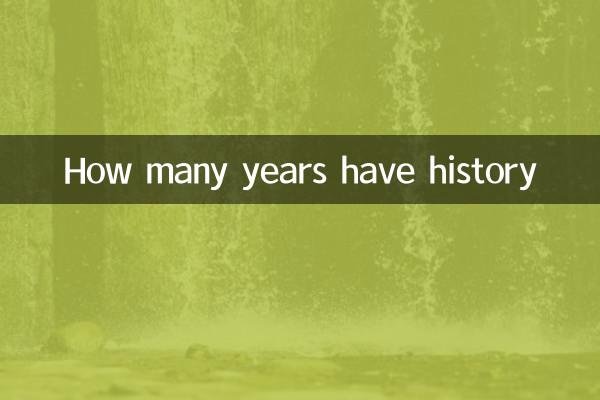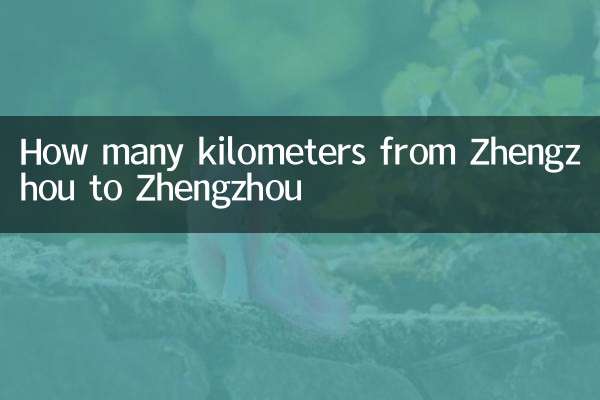How many years have history
Human beings' exploration of history has never stopped. From the origin of ancient civilization to the rapid development of modern society, the length and depth of history have always been the focus of scholars and the public. This article will combine popular topics and hot topics in the past 10 days to present the historical context in the form of structured data, and explore human perception of the length of history.
1. Check out the popular historical topics

According to the search data of the entire network in the past 10 days, the following historical related topics are the most popular:
| Ranking | topic | Popularity index | Related events |
|---|---|---|---|
| 1 | New archaeological discoveries in Sanxingdui | 9.8 | Determination of the age of unearthed bronze ware |
| 2 | Breakthrough in Mayan civilization research | 8.7 | Lidar technology application |
| 3 | Progress in the protection of the Mausoleum of Qin Shihuang | 7.5 | Research and development of new protective materials |
| 4 | Deciphering of ancient Egyptian characters | 6.9 | AI-assisted translation system |
2. Comparison of the historical length of human civilization
There are significant differences in the historical lengths of different civilizations. The following is a comparison of historical data of major civilizations:
| Civilization name | Starting year (BC) | Duration (years) | Representative ruins |
|---|---|---|---|
| Mesopotamian civilization | 3500 | 3000 | Ruins of Ur City |
| Ancient Egyptian Civilization | 3100 | 2800 | Pyramid of Giza |
| Indus Valley Civilization | 2600 | 800 | Mohenjodaro |
| Chinese Xia, Shang and Zhou civilization | 2070 | 1800 | Erlitou site |
3. The evolution of historical chronology
Humans have undergone many changes in how they calculate the length of history:
1.Astronomical chronology: Ancient civilizations recorded time by observing the movement of celestial bodies, such as the Egyptian solar calendar and the Chinese lunar calendar.
2.Imperial Annals: Calculated based on the year of the ruler's reign, such as the Chinese year number system and the Roman consul's year.
3.Age of the Chronicles: The current internationally common chronology method is based on the legendary birth of Jesus as the first year.
4.Scientific dating method: Modern archaeology uses carbon 14 dating, tree rings and other technologies to accurately measure historical age.
4. Application of new technologies in historical research
Recent hot research shows that new technologies are changing the way historical research is:
| Technical name | Application areas | Breakthrough results | Improved accuracy |
|---|---|---|---|
| Lidar scanning | Site discovery | Discover Maya City Cluster | 80% |
| DNA analysis | Human migration research | Tracking the origins of Indo-European languages | 75% |
| AI image recognition | Restoration of cultural relics | Restore ancient Greek murals | 90% |
5. A new understanding of human history
The latest archaeological discoveries continue to refresh human perception of the length of history:
1. The discovery of Homo sapiens in Morocco pushes human history to300,000 years ago, far beyond previous cognition.
2. The discovery of the Turkish Gobekli Stonehenge shows12,000 years agoThere are complex social organizations.
3. Confirmed by Liangzhu site in China5000 years agoEarly national forms have appeared.
4. The oral history of Australian Aboriginal people can be traced back to70,000 years agosea level change events.
Conclusion
From the original Stone Age to today's digital civilization, the length of human history is not only a concept of time, but also a witness to the evolution of civilization. With the development of science and technology, we have continuously discovered a new chapter in history and have richer answers to the question of "how many years has history been?" Perhaps, the true length of history does not lie in the numbers of the chronology, but in the unremitting exploration of its own origins and destiny.

check the details

check the details